
Фразеология CAA (приложение)
.pdf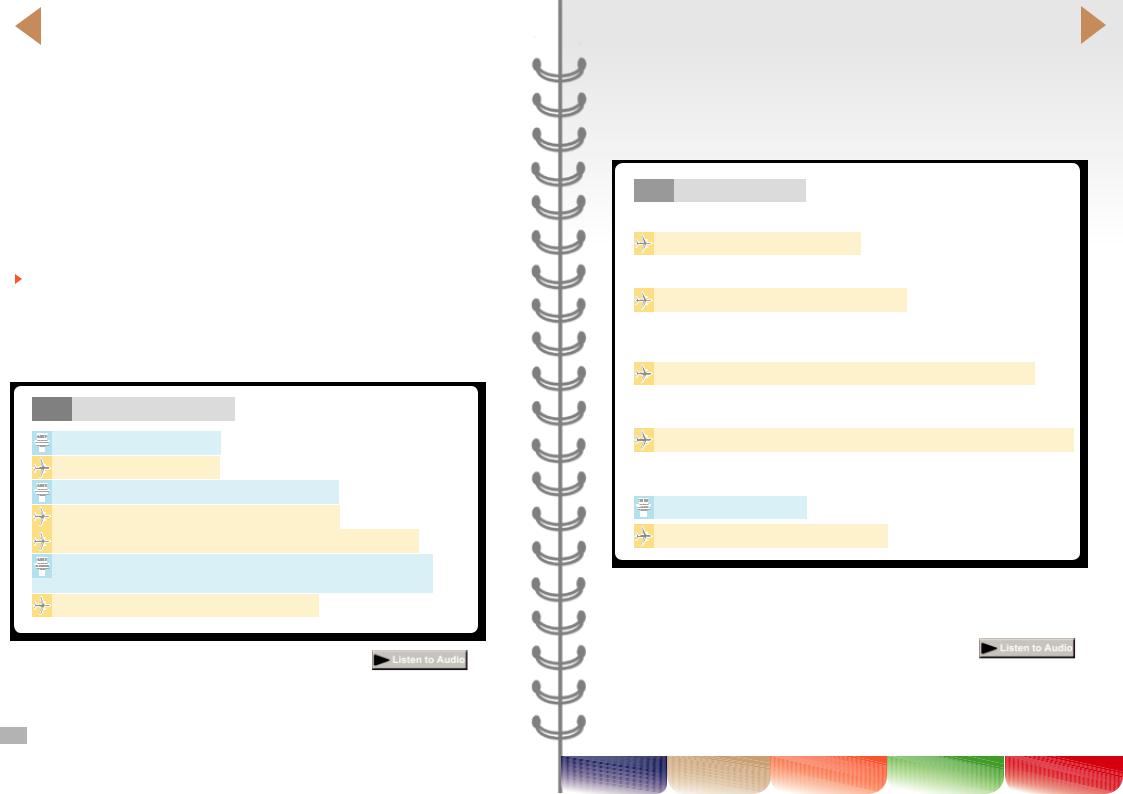
Reduced Vertical Separation Minima
nFlight crew indicate RVSM status with‘Negative RVSM’ or‘Affirm RVSM’.
nFlight crew refusing RVSM should state the reason, for example‘Unable RVSM due turbulence’ or‘Unable RVSM due equipment’.
nFlight crew now able to accept RVSM with‘Ready to resume RVSM’.
nATC should be informed when a non-RVSM approved aircraft is requesting climb into RVSM airspace thus‘…Request FL320, Negative RVSM’.
If able, ATC will give the clearance as follows...‘Big Jet 345 climb FL 320, Negative RVSM’. Notice that the term‘Negative RVSM’ is used in the clearance and the read back, thus‘Climb FL 320, Negative RVSM Big Jet 345…’. Otherwise ATC will state that they are unable to issue the clearance into RVSM airspace.
Descending in the Hold
Pilots should exercise caution when reporting leaving a level, particularly when established in a holding pattern. Controllers may descend the aircraft above you when you report vacating a level. You should advise ATC that you have left a level only when the aircraft’s altimeter indicates that the aircraft has actually departed that level and is maintaining a positive rate of climb or descent in accordance with published procedures.
RTF Establishing in the Hold
Big Jet 345, descend, FL 120
Descend FL 120, Big Jet 345
Big Jet 345, contact Clydewick Approach, 123.250
Contact Clydewick Approach, 123.250, Big Jet 345
Clydewick Approach, Big Jet 345, information F, descending FL120
Big Jet 345, Clydewick Approach, hold at MAYFIELD, descend FL 90, delay less than 20 minutes
Hold at MAYFIELD, descend FL 90, Big Jet 345
20 CLIMB-CRUISE-DESCENT
RTF for TCAS
When a TCAS RA requires deviation from an ATC clearance, pilots should report the direction of the RA to the controller as soon as practicable. Responsibility for separation of aircraft directly affected by the
manoeuvre is transferred from controller to pilot and, at the completion of the manoeuvre, from pilot back to controller.
RTF TCAS Phraseology
During RA response
Big Jet 345 TCAS climb (or descent)
When aircraft returning to assigned clearance
Big Jet 345 returning to (assigned clearance)
When there is insufficient time to inform ATC of an RA manoeuvre and the aircraft has begun returning to the assigned clearance
Big Jet 345 TCAS climb (or descent) returning to (assigned clearance)
When there is insufficient time to inform ATC of a RA manoeuvre and the aircraft has returned to the assigned clearance
Big Jet 345TCAS climb (or descent) completed, (assigned clearance) resumed
When the flight crew are unable to comply with an ATC clearance due to an
RA
Big Jet 345, climb FL 120
Unable to comply, TCAS RA, Big Jet 345
‘Pass Your Message’ (UK Only)
In the UK, the term‘Go Ahead’ is replaced by‘Pass Your Message’.
|
|
|
CLIMB-CRUISE-DESCENT |
|
|
|
|
|
22 |
||
Push and |
Taxi and |
Climb - Cruise - |
Approach and |
Emergency |
|
Start |
Take-off |
Descent |
Landing |
Communications |
|
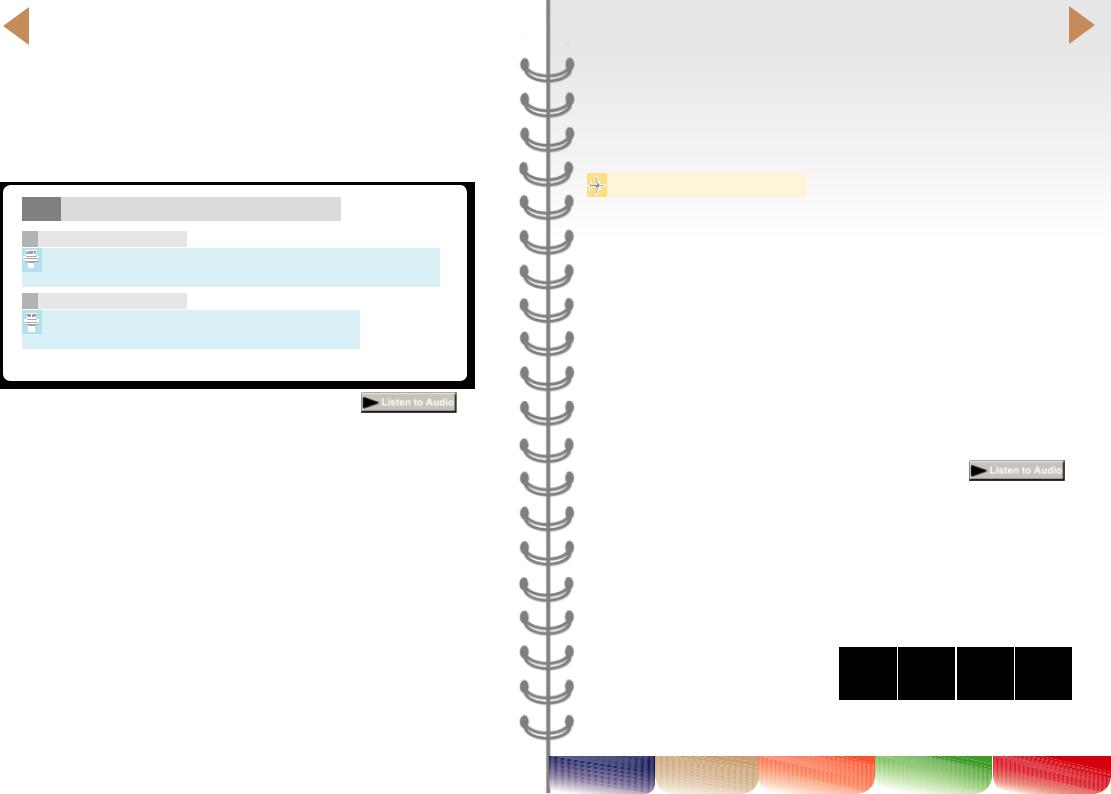
 Conditional Clearances in a TMA
Conditional Clearances in a TMA
Conditional clearances can be issued in the TMA e.g.‘After passing altitude 4000 feet, fly heading…’ These must treated with great care and read back in exactly the same format in which they are given. If in doubt – check!
 UK Phraseology for Issuing Avoiding Action
UK Phraseology for Issuing Avoiding Action
RTF UK Phraseology for Issuing Avoiding Action
Lateral Avoiding Action
Big Jet 345, avoiding action, turn left immediately heading 270 degrees, traffic at 2 o’clock, 5 miles crossing right to left, 500 feet below
Vertical Avoiding Action
Big Jet 345, avoiding action, climb immediately FL 160, traffic at 12 o’clock 3 miles opposite direction same level
An urgent tone will be used
 RTF for VHF frequencies – Use of Six Digits
RTF for VHF frequencies – Use of Six Digits
Use six digits except where the final two digits of the frequency are both zero, in which case, only the first four digits need to be transmitted.
 Millibars
Millibars
‘Millibars’ is appended to pressure values of less than 1000 millibars to help ensure that pilots who routinely use inches do not confuse a millibar setting with a setting in inches e.g. 992‘millibars’ could be confused with 29.92 inches (which equates to 1013 millibars).‘Millibars’ may be omitted for values greater than 999‘millibars’.
 Simultaneous or Continuous Transmissions
Simultaneous or Continuous Transmissions
Direct controller – pilot communication can be adversely affected by simultaneous or continuous transmissions. There are times when the controller is not aware of a blocked transmission, but a pilot is. On hearing a simultaneous transmission it can be helpful for the pilot to transmit the word blocked to ensure that the controller is aware.
Transmission blocked, Big Jet 345
 To (UK Only)
To (UK Only)
In the UK, the word‘to’ shall not be used when issuing climb and descent instructions to flight levels as it can be confused with the number‘two’. This confusion has resulted in level busts.
nClimbs or descents to a flight level will be phrased as‘Climb FL 120’, for example whereas;
n‘To’ shall be used in climb and descent instructions relating to a height or an altitude and shall be followed by the word‘height’ or‘altitude’.
 Wake Vortex Separation
Wake Vortex Separation
Do not ask for reduced vortex wake separation; controllers do not have discretion to grant this.
|
CLIMB-CRUISE-DESCENT |
|
|
CLIMB-CRUISE-DESCENT |
|
|
23 |
|
|
24 |
|||
|
Push and |
Taxi and |
Climb - Cruise - |
Approach and |
Emergency |
|
|
Start |
Take-off |
Descent |
Landing |
Communications |
|
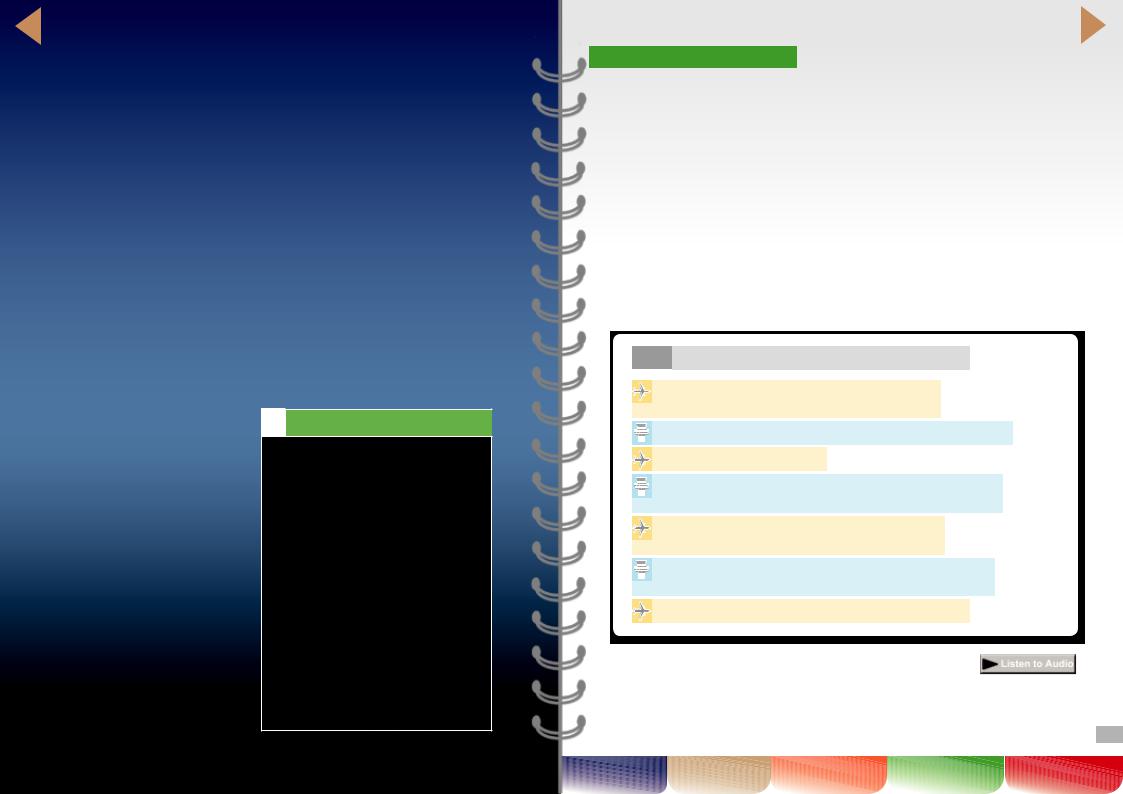
Approach and Landing
 ILS Phraseology (UK only)
ILS Phraseology (UK only)
Due to procedure design, airspace complexity and traffic density, along with lessons learned from flight safety related incidents and occurrences, the ICAO phrase ‘Cleared ILS approach’ is not routinely used in the UK. Instead, the UK has enhanced safety by adopting unambiguous phraseology that includes a positive descent instruction to ensure that descent is initiated only when it is safe to do so.‘Cleared ILS approach’ may introduce an element of uncertainty as to when descent will be initiated because the pilot may descend to the final approach point altitude (platform height) at any time after receiving this clearance. To ensure that descent will only commence when the aircraft is clear of other traffic patterns, such as helicopter routes and adjacent aerodromes’ procedures, radar controllers will normally use the UK phrase: ‘Report established on the localiser.’ Once established, you will then be given clearance to ‘Descend on the ILS.’ In busy RTF environments, the phraseology may be combined to: ‘When established on the localiser, descend on the ILS.’
RTF Radar Vectors from the Hold Towards the ILS
|
Metro Approach, Big Jet 345, Boeing 737 with |
|
4 Approach and Landing |
information P, holding MAYFIELD descending FL 80 |
|
Big Jet 345, Metro Approach, vectoring for ILS, Runway 27 Right |
||
|
||
|
Runway 27 Right, Big Jet 345 |
|
|
Big Jet 345, leave MAYFIELD, heading 120 degrees, descend to |
|
|
altitude 3000 feet, QNH 998 millibars, speed 210 knots |
|
|
Heading 120 degrees, descend to altitude 3000 feet, |
|
|
QNH 998 millibars, speed 210 knots, Big Jet 345 |
|
|
Big Jet 345, turn right heading 180 degrees, speed 180 knots, |
|
|
15 miles from touchdown |
|
|
Right heading 180 degrees, speed 180 knots, Big Jet 345 |
|
|
|
|
APPROACH AND LANDING 26 |
|
1 |
|
|
|
||
|
Push and |
Taxi and |
Climb - Cruise - |
Approach and |
Emergency |
|
Start |
Take-off |
Descent |
Landing |
Communications |
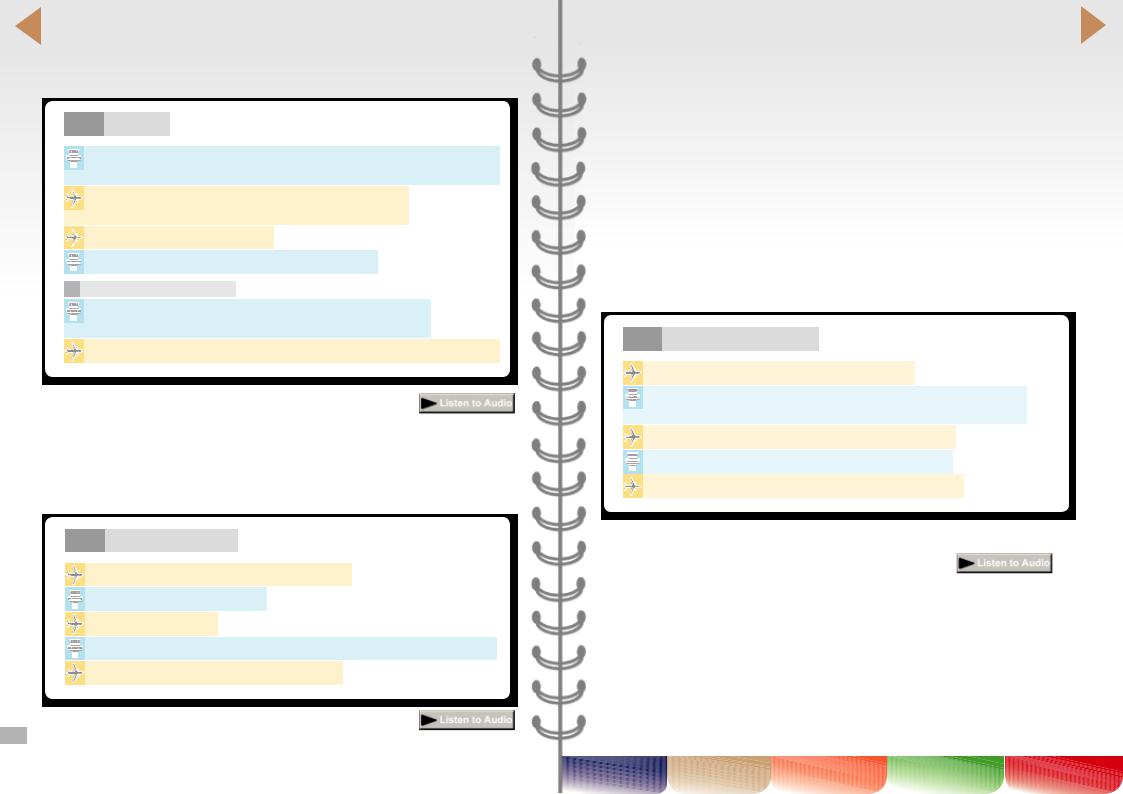
UK (ILS)
RTF UK - ILS
Big Jet 345, turn right heading 240 degrees, descend to altitude 3000 feet, report established on localiser, Runway 27 Right
Right heading 240 degrees, descend to altitude 3000 feet, report established Runway 27 Right, Big Jet 345
Big Jet 345, localiser established
Big Jet 345, Descend on the ILS, QNH 998 millibars
Or in busy RTF situations:
Big Jet 345, when established on localiser, descend on the ILS,
QNH 998 millibars
When localiser established, descend on ILS, QNH 998 millibars, Big Jet 345
Continue Approach
‘Continue Approach’ is NOT a clearance to land. If the runway is obstructed when the aircraft reports ‘final’, but it is expected to be available in good time for the aircraft to make a safe landing, the controller will delay landing clearance by issuing an instruction to‘continue approach’. The controller may explain why the landing clearance has been delayed.
RTF Continue Approach
Metro Tower, Big Jet 345, final runway 27 Right
Big Jet 345, continue approach
Continue, Big Jet 345
Big Jet 345, cleared to land, Runway 27 Right, wind 270 degrees ten knots
Cleared to land Runway 27 Right, Big Jet 345
27 APPROACH AND LANDING
 ‘Land After’Clearance
‘Land After’Clearance
A landing aircraft may be permitted to touch down before a preceding landing aircraft, which has landed, has vacated the runway provided that:
nThe runway is long enough to allow safe separation between the two aircraft and there is no evidence to indicate that braking may be adversely affected;
nIt is during daylight hours;
nThe preceding landing aircraft is not required to backtrack in order to vacate the runway;
nThe controller is satisfied that the flight crew of the landing aircraft will be able to see the preceding aircraft which has landed, clearly and continuously, until it has
vacated the runway; and
n The flight crew of the following aircraft is warned.
Responsibility for separation rests with the following aircraft.
RTF ‘Land After’Clearance
Metro Tower, Big Jet 345, final Runway 27 Right
Big Jet 345, Metro Tower, Runway 27 right, land after the Boeing 737, surface wind 270 degrees ten knots
Runway 27 Right, land after the Boeing 737, Big Jet 345
Big Jet 345, vacate left, contact Metro Ground 125.625
Vacating left, Contact Metro Ground 125.625, Big Jet 345
|
|
|
APPROACH AND LANDING |
|
|
|
|
|
28 |
||
Push and |
Taxi and |
Climb - Cruise - |
Approach and |
Emergency |
|
Start |
Take-off |
Descent |
Landing |
Communications |
|
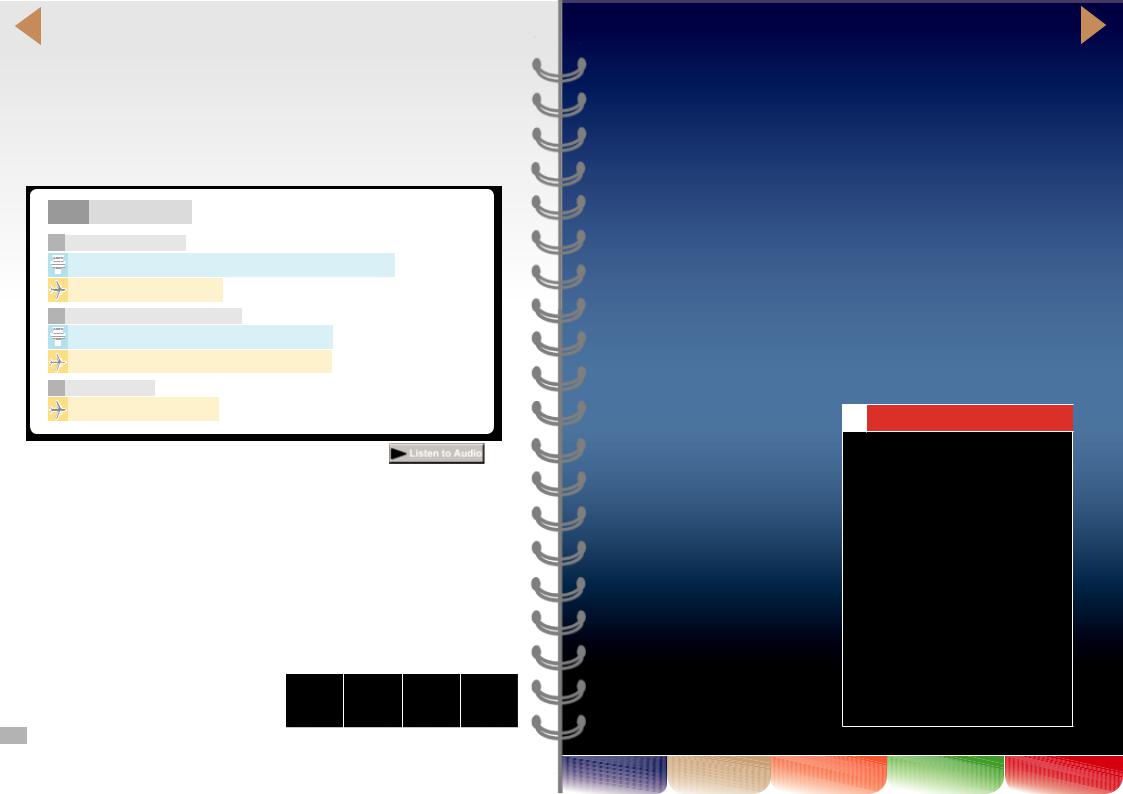
 The Go-Around
The Go-Around
Instructions to carry out a missed approach may be given to avert an unsafe situation. When a missed approach is initiated cockpit workload is inevitably high.
nAny transmissions to aircraft going around shall be brief and kept to a minimum.
nIn the event of a missed approach being initiated by the pilot, the phrase‘going around’ should be used.
RTF The Go-Around
Controller Initiated:
Big Jet 345, go around, I say again, go around acknowledge
Going around, Big Jet 345
Once established in the climb:
Big Jet 345, Contact Metro Approach, 123.450
Contact Metro Approach, 123.450, Big Jet 345
Pilot initiated:
Big Jet 345, going around
291 APPROACH AND LANDING
5 Emergency Comms
|
|
|
|
|
|
|
|
|
|
|
|
|
|
|
1 |
Push and |
Taxi and |
Climb - Cruise - |
Approach and |
Emergency |
|||
Start |
Take-off |
Descent |
Landing |
Communications |
|||
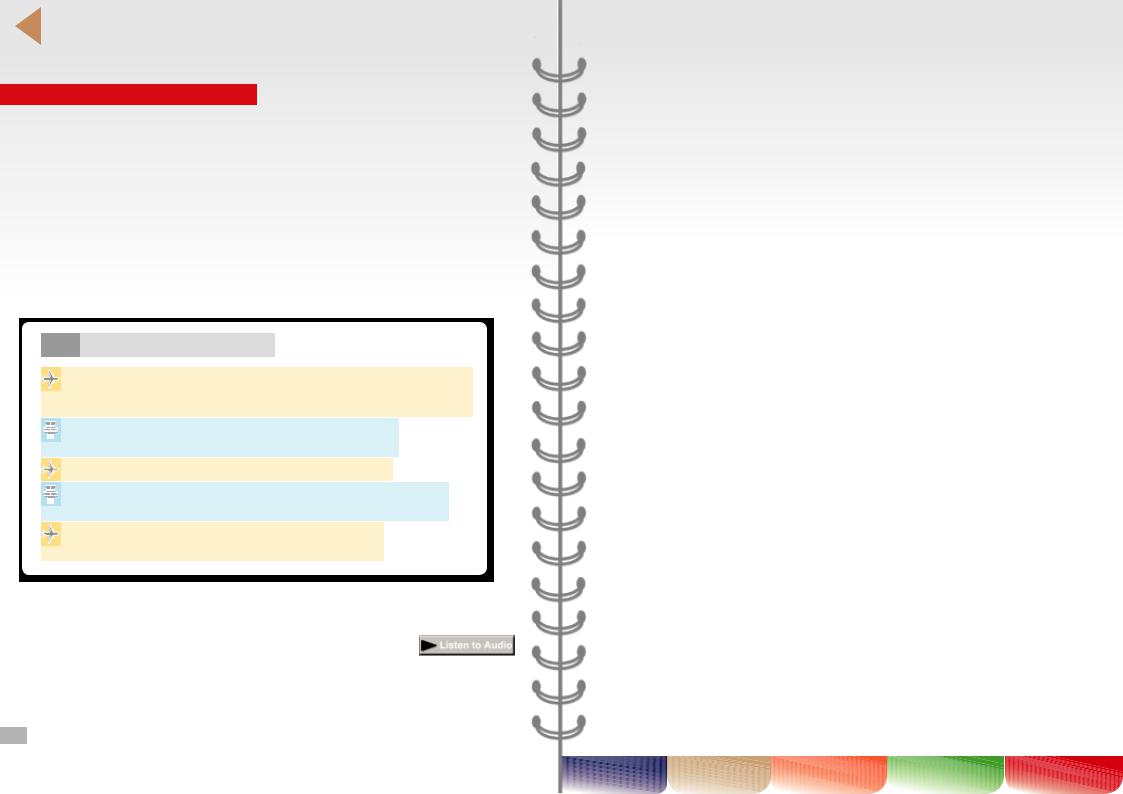
Emergency Communications
 RTF Emergency Communications
RTF Emergency Communications
As soon as there is any doubt as to the safe conduct of a flight, immediately request assistance from ATC. Flight crews should declare the emergency situation early; it can always be cancelled.
nA distress call (situation where the aircraft requires immediate assistance) is prefixed:
MAYDAY, MAYDAY, MAYDAY.
nAn urgency message (situation not requiring immediate assistance) is prefixed:
PAN-PAN, PAN-PAN, PAN-PAN.
nMake the initial call on the frequency in use, but if that is not possible squawk 7700 and contact 121.5.
nThe distress/urgency message shall contain the nature of the emergency, fuel endurance and persons on board.
RTF Emergency Communications
MAYDAY, MAYDAY, MAYDAY, Big Jet 345, Boeing 737, uncontrolled engine fire, request immediate landing at Metro, 150 persons on board, endurance three hours
Big Jet 345, Roger MAYDAY, turn left heading 090 degrees, radar vectors ILS Runway 27
Left heading 090 degrees, request Runway 09, Big Jet 345
Big Jet 345, roger, continue left turn heading 055, descend to altitude 3000 feet, QNH 1002, report established on localiser Runway 09
Heading 055, descend to altitude 3000 feet,
QNH 1002, report established Runway 09, Big Jet 345
RTF for Aircraft Inbound to the UK with Fuel Reserves
31 EMERGENCY COMMUNICATIONS
 Approaching Minimum
Approaching Minimum
No delay expected means holding will be less than 20 minutes before commencing an approach.
n Fuel Emergency or fuel priority are not recognised terms. Flight crews short of fuel must declare a PAN or MAYDAY to be sure of being given the appropriate priority.
Radio Failure
 The number of reported radio failure incidents in UK airspace is increasing. With the heightened awareness in airborne security, ATC’s inability to contact an aircraft experiencing a radio failure could lead to that aircraft’s interception by military aircraft. To ensure the safety of aircraft experiencing radio failure within the London and Scottish FIRs, pilots and operators can use the following satellite telephone numbers to contact ATC:
The number of reported radio failure incidents in UK airspace is increasing. With the heightened awareness in airborne security, ATC’s inability to contact an aircraft experiencing a radio failure could lead to that aircraft’s interception by military aircraft. To ensure the safety of aircraft experiencing radio failure within the London and Scottish FIRs, pilots and operators can use the following satellite telephone numbers to contact ATC:
nShanwick Radio 425002 To be used for aircraft communications failure.
nLondon D & D 423202
nScottish D & D 423203
The following telephone numbers connect directly to the appropriate UK Distress and Diversion Cells (D&D) who then alert the appropriate ATC unit and UK Air Defence Authority confirming your radio failure:
nLondon D&D Tel: 01895-426150
nScottish D&D Tel: 01292-692380
|
|
|
EMERGENCY COMMUNICATIONS |
|
|
|
|
|
32 |
||
Push and |
Taxi and |
Climb - Cruise - |
Approach and |
Emergency |
|
Start |
Take-off |
Descent |
Landing |
Communications |
|
